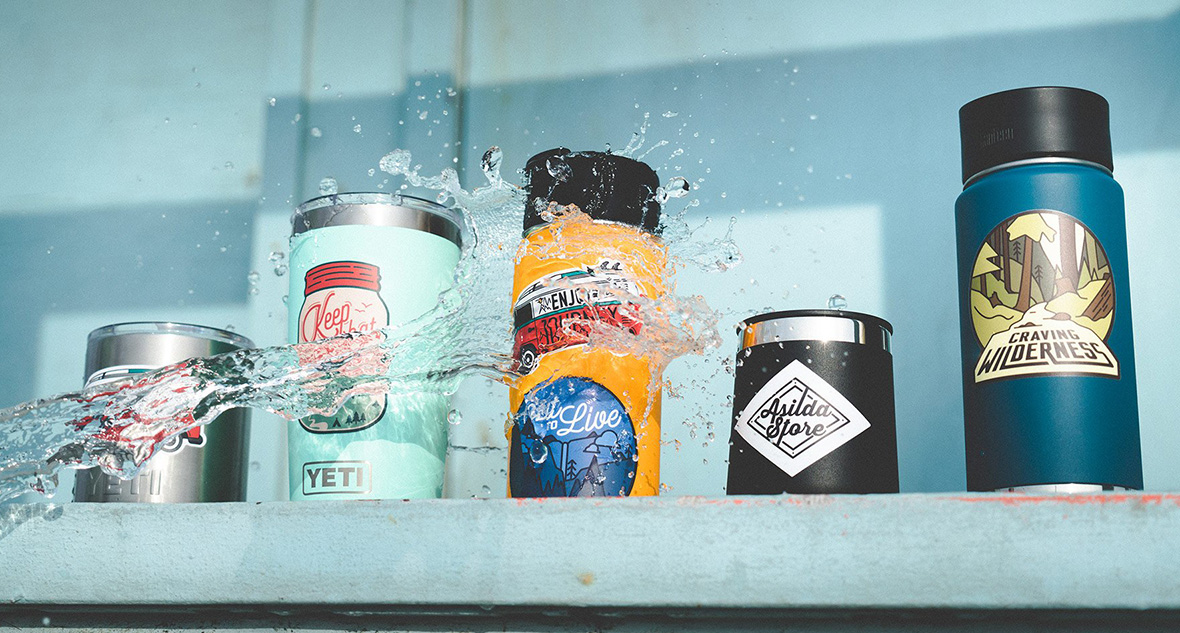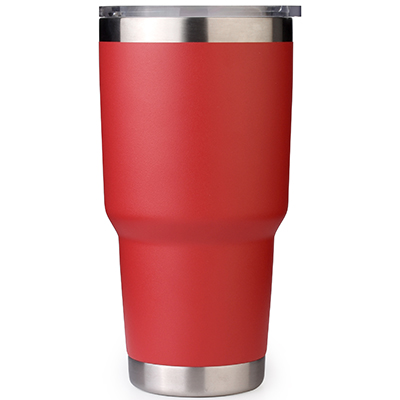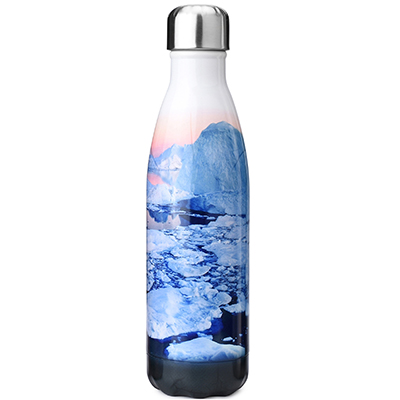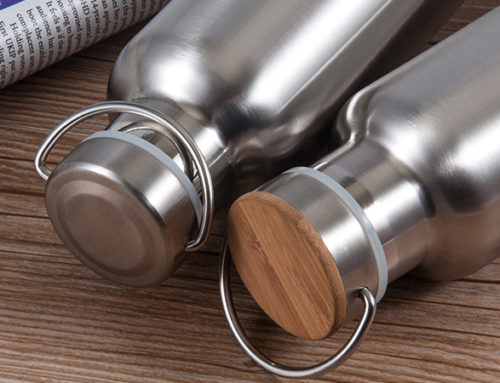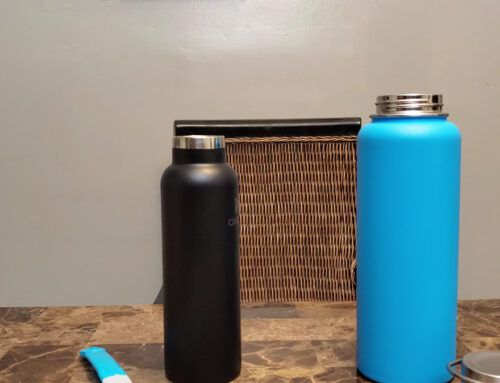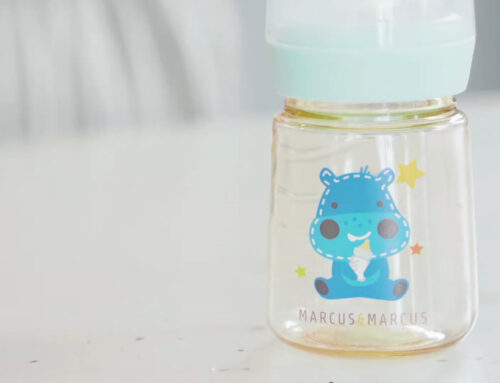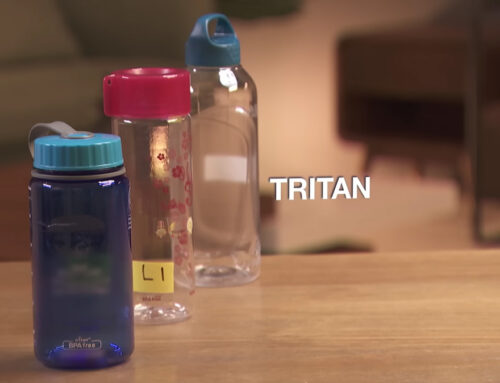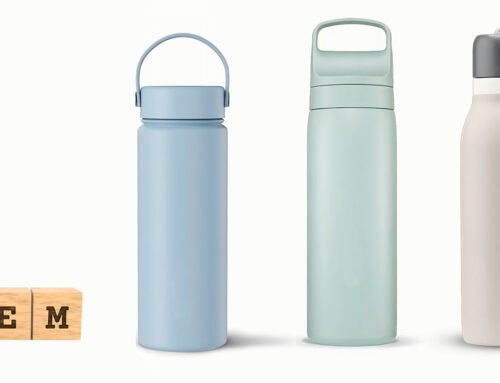BPA (bisphenol A) is an industrial chemical that has been widely used in the manufacture of epoxy resins and polycarbonate plastics (PC). The safety of BPA has always been controversial. According to the most authoritative and up-to-date reports, BPA will have adverse effects on the reproductive system and nervous system of animals and humans. To make matters worse, this industrial chemical may be one of the key factors that cause cancer.
When manufacturing water bottles, some manufacturers may add BPA to improve the performance of their beverage products. These BPA-containing bottles are harmful to human health and should be discarded. Therefore, if you plan to buy BPA-free water bottles, you must first understand their basic information. In this article, KingStar will share with you some knowledge that only people in the industry know.
I. What Is a BPA Free Water Bottle?
BPA is prevalent in plastic water bottles that are commonly used by people in their daily life, raising major health concerns. Governments have studied the safety of this chemical and the EU (the European Union) as well as the FDA has banned the adoption of BPA in baby products. These actions showcase practical efforts of withdrawing products made by polycarbonate plastics, and it is reasonably expected that BPA products will be completely banned in the days ahead.

By drinking with plastic water bottles, BPA enters our body silently. This terrible chemical will also be ingested in the form of polluted food and water. So where does BPA exist in a plastic bottle? In fact, it is released from the lining, the part that is often made by unhealthy materials. Worse still, BPA will be leached when the bottle is exposed to either comparatively high temperature or acidic liquids such as lemonades and soft drinks.
Let’s go back to the subtitle, what is a BPA free water bottle? Technically speaking, a BPA free water bottle is the one that contains no BPA. In other words, such a bottle is never made by plastics (except for some, we will talk abut later). Apart from plastic water bottles, we still have aluminum water bottles and stainless steel bottles, so what about these two kinds?
Aluminum water bottles are designed with a finishing/coating that is used to prevent water from contacting the aluminum directly. Unfortunately, this finish inevitably contains BPA, which will be exposed to the air and the water as the coating itself wears out. There is another path for BPA in the coating to transfer into the water, and this path is often more common. If you unintentionally drop the aluminum bottle to the ground, the coating as well as the lining may flake. When this happens, you must throw away the bottle as BPA will come into the water through the broken pathway!
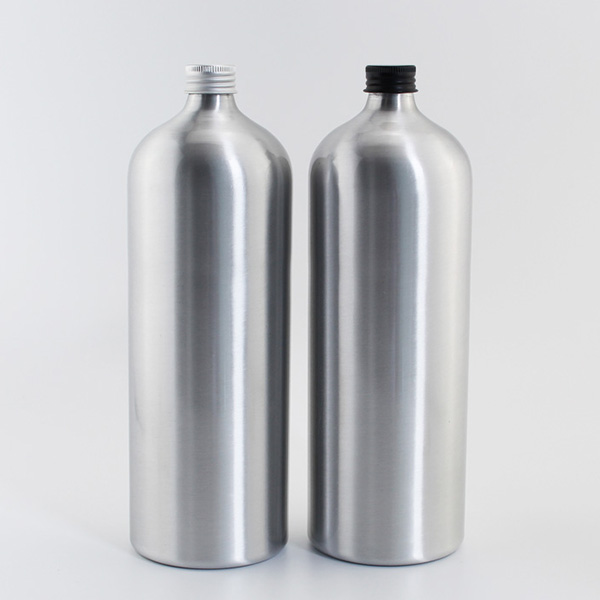
Now, there is only one option left, namely, the stainless steel water bottle. Luckily, this one is THE ANSWER! Stainless steel water bottles are BPA free. Stainless steel is manufactured by combing chromium and nickel and is actually a kind of alloy. This strong and sturdy alloy is nonreactive so that it will never react with water. In other words, there is no need for linings to offer extra protection as stainless steel is safe enough. That’s why scientists and health experts across the globe promote stainless steel water bottles as the most safe water containers compared with plastic bottles and aluminum ones.
The BPA risk of stainless steel water bottle comes from the lid. The lids of stainless steel drink bottles and tumblers are usually made of plastic. As mentioned in the previous paragraph, many plastics contain BPA. As a top water bottle manufacturer, KingStar attaches great importance to health protection, our cup lids are made of BPA free PP material or Tritan material, you can rest assured to purchase
II. Effects of BPA
BPA poses threats to our health, triggering a series of diseases. It will disrupt the normal function of endocrine, and young people especially infants and babies are susceptible to this dangerous chemical. So let’s together see what kinds of illness BPA will bring to us.
①Heart diseases: Studies have shown that BPA will lead to heart diseases such as coronary heart disease and myocardial infarction. The research subjects tested with higher levels of BPA are prone to develop atherosclerosis, a terrible disorder that would intensify the growth of plagues in the artery eventually causing the hardening of artery walls. The build-up of plagues increases the risk of developing heart-related diseases.
②Early puberty: The connection between BPA and early puberty in girls has been found by a medical research team in California. Although girls are naturally mature earlier than boys, BPA makes itself culpable. This team is now dedicated to evaluating other environmental agents that would also result to the early puberty or late development of girls.
③Breast cancer: BPA is capable of breaking the balance of human hormones, booming the growth of estrogen that would further trigger off the abnormal development of positive breast cancer. BPA’s linkage to this disease or the so called alarm manages to help replace plastic containers with stainless steel ones. As expected, there are increasingly more women who choose to use stainless steel bottles to get hydrated.
④Negative brain alterations: BPA damages the normal running of central nervous system by impairing the genes that are in charge of cell function. As a result, people who consume some certain volume of BPA would suffer from negative bran alterations.
⑤Obesity: Research subjects tested with higher levels of BPA in their urine have high tendency of putting on excessive weight. About 30% of teenagers aged 8 to 16 who were obese were tested higher BPA concentrations.
The above five diseases related with higher levels of BPA present you a cruel fact: contacting BPA directly or using tools containing BPA is by no means beneficial to human health.
III. Requirements of BPA Content in Water Bottles in Different Countries
3.1 China
Chinese Food Contact Materials Testing Standards GB 4806-2016 requires that
- Paint and coating standard follows GB 4806.10-2016, and the specific migration requirement for Bisphenol A (BPA) is 0.6mg/kg (when applicable).
2. Plastic resin standard follows GB 4806.6-2016, and the specific migration requirement for Bisphenol A (BPA) is 0.6mg/kg (when applicable).
3. Standard for additives follows GB 9685-2016, and the specific migration requirement for Bisphenol A (BPA) is 0.6mg/kg (for paints and coatings, when applicable).
3.2 Europe
EU Food Contact Materials Testing Standard 1935/2004/EC. The standards on varnishes and coatings for food contact has been updated recently. (EU) 2018/213 requires that
- The specific migration of Bisphenol A (BPA) in varnish or paint shall not exceed 0.05mg/kg.
- No specific migration of Bisphenol A (BPA) shall be detected in materials and articles in contact with infant food or similar food.
- Related sections on detection limits, detection methods and simulants, test temperature, test time, results presentation, etc. in (EU) No. 10/2011 are also applicable to the Bisphenol A (BPA) amount standard for varnishes and coatings.
3.3 The United States
Among the U.S. Food Contact Materials Testing Standards, there is a requirement in the CA 65 Settlement Agreement that Bisphenol A (BPA) in polycarbonate drinking utensils must not exceed 1000mg/kg (content requirement).
3.4 Japan
Japanese Food Contact Materials Testing Standards: Japan Food Sanitation Law 370 requires that in polycarbonate plastic products, the Bisphenol A (BPA) specific migration requirement is 2.5μg/ml, BPA (BPA) content requirement is 500μg/g.
3.5 Republic of Korea
Korean Food Contact Materials Testing Standards: Korea Standards and Specifications for Utensils, Containers and Packaging for Food Products (2011) require that Bisphenol A (BPA) requirement in polycarbonate, epoxy resin, polyaryl sulfone, polyarylate and organic coated metal products is 0.6mg/kg.
IV. Which Plastics Are BPA Free and Safe?
In fact, some parts of water bottles should be made by plastics to achieve some certain functions as well as the maximum of margin profits. So are there any BPA free and safe plastics?
In the recycling triangle diagram (number 1 to 7) there are 7 distinctive kinds of plastics featuring different properties. Some are environmentally friendly and are BPA free, suitable for manufacturing water bottles, while some can impair human health. KingStar presents you the information about these 7 different types of plastics in the chart below.

| Plastic #1 | PETE (also called PET) is a lightweight and clear plastic that is suitable for holding cold liquids. However, when it is heated or contacts hot water, PET will release harmful elements and should thus be discarded. |
| Plastic #2 | HDPE boasts excellent impact-resistant and long-lasting. However, this plastic is not suitable for making drinkware products and usually can not be washed easily. HDPE can be used to make bath supplies. |
| Plastic #3 | PVC is by no means good for human health. It unavoidably contains toxins such as BPA, phthalates and lead. |
| Plastic #4 | LDPE is often used to make plastic wraps. This plastic is less toxic than HDPE. |
| Plastic #5 | PP can withstand temperatures above 100℃ and is a clean and lightweight plastic containing NO BPA. The strong heat resistance of PP enables itself to be adopted in the production of water bottles. |
| Plastic #6 | PS is not applicable for holding hot liquids over 70℃. This type of plastic will release styrene, a kind of toxin that can lead to cancers. |
| Plastic #7 | Plastic #7 refers to other plastics. This type of plastic is not used to make water bottles as some Plastic #7 will carry BPA. |
V. Stainless Steel Water Bottle Contains No BPA
Stainless steel water bottles are the ones that get rid of BPA thoroughly. Water bottles made by stainless steel is suitable for daily hydration as the material does not generate or release harmful elements. In addition, if a bottle is made by stainless steel and has a double-walled stainless steel structure as well as a good sealing lid, it is then endowed with a perfect insulation performance that is expected to keep cold drinks cold for up to 12 hours or piping hot liquids warm for 24 hours!

Click and read more about stainless steel:
316 and 304 Stainless Steel: a Far More ECO Friendly Water Bottle Material
Difference between stainless steel SUS304 and SUS201 themos flask
VI. How to Purchase BPA Free Water Bottles & Tumblers?
When you want to purchase BPA free water cups and tumblers in bulk, you need to find reliable top water cup manufacturers such as KingStar. KingStar chooses BPA free materials to manufacture stainless steel water cups, cup lids and accessories such as straws.
In addition to choosing reliable suppliers, what other methods are there to ensure that the drinkware you purchase in bulk is BPA free? Probably “yes”.
- Ask your water bottle manufacturer to provide the physical content table of the plastic material. You can find out whether it contains BPA from the physical content table.
- Supervise the water bottle manufacturing process, and prohibit the addition of BPA-containing auxiliary materials in the manufacturing process.
- From the bulk purchased goods, randomly select several water bottles and submit them to a third-party testing agency (such as SGS, BV, Intertek, etc.) for BPA content testing. The third-party testing agency will give you written test results within 2 weeks.
VII. How to Manufacture BPA Free Water Bottles in Bulk?
7.1 Using BPA Free Materials
Using BPA free materials is a must for water bottle manufacturers to completely stay away from the adoption of BPA materials. However, when it comes to several parts of water bottles that need to be made by plastics, you may think it is inevitable to use BPA-related materials, right? In fact, there are two alternatives for you to pick up.
One is polypropylene (PP). Polypropylene, also a kind of plastic, is a strong and versatile synthetic chemical that has been widely adopted in fields such as medical equipment and fiber products. PP is eco-friendly and is thus suitable for containing food and water. What’ more, it contains no BPA and can be used as an alternative option.
The other is Tritan (Tritan Copolyester). Tritan is an environmentally friendly material invented by Eastman. This material does not release or generate BPA during its manufacturing as well as its actual use, totally complying to FDA. In addition, Tritan is characterized by excellent impact strength, outstanding chemical resistance & hydrolysis resistance, and easiness of processing and shaping.
7.2 Adding No Materials Containing BPA during Manufacturing Process
Again, the manufacturing process should also be given due attention, as some ingredients containing BPA may be added to enhance the performance of materials. As a professional water bottle manufacturer, KingStar tolerates no BPA addition during the manufacturing process. And it is our advice to find a reliable and trustworthy water bottle suppliers to avoid the presence of BPA-related materials/ingredient.
7.3 Regularly Sampling and Verifying
Regularly sampling and verifying is the last approach to guarantee the quality of water bottles. If water bottles containing BPA is tested and found, you can reasonably ask for another round of sampling or directly refuse to cooperate with this unfaithful bottle supplier if the sampling result is really dissatisfying. To achieve this goal, KingStar has professional QC operators to check out whether the products we have made have BPA. Actually, as long as a manufacturer do not use BPA-related plastics and do not add materials containing BPA during manufacturing process, the water bottle would be completely BPA free.

